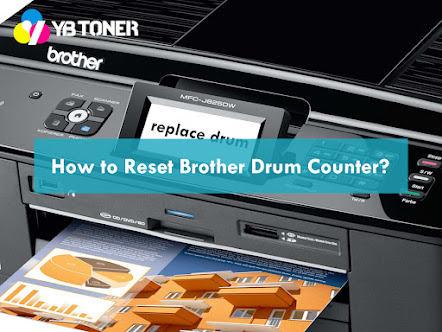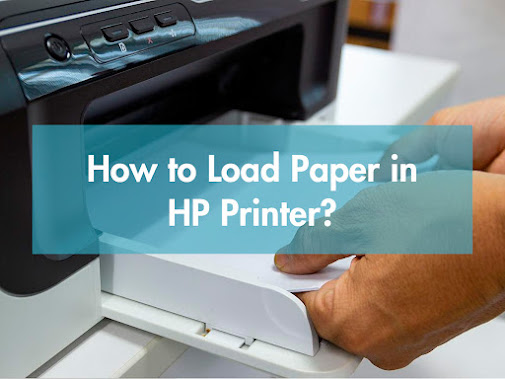Can I Use Inkjet Paper in a Laser Printer?
Many people wonder if inkjet paper can be used in laser printers. While it might seem convenient to use any available printer paper, inkjet paper is designed specifically for inkjet printers. Inkjet printers use liquid ink that is absorbed by the paper fibers, while laser printers rely on dry toner that is fused to the paper through heat. This difference is crucial, as it directly affects print quality, the paper path, and the lifespan of the printer. Using the wrong type of paper can lead to streaks, smudges, curled edges, and even printer failure. Understanding the differences between inkjet and laser printers, the types of paper they require, and the potential risks will help you make an informed decision about paper for your printer.
Understanding the Difference Between Inkjet and Laser Printers
How Inkjet Printers Work?
Inkjet printers spray tiny droplets of liquid ink onto the surface of paper. The ink is absorbed by the paper fibers, resulting in precise color blending and high-resolution images.
Key characteristics of inkjet printing:
- Ink absorption: Designed to prevent bleed, ensuring vibrant colors and sharp text.
- Paper finish: Many inkjet photo and coated papers have a glossy or glossy finish to enhance image quality.
- Thickness and texture: Some inkjet papers are thicker to enhance the quality of printed photos or give documents a more professional look.
Because inkjet printers rely on absorption, using incompatible paper may result in poor color saturation, bleed, or smudging.
How Laser Printers Work?
Laser printers work differently. They use dry toner that is fused to the paper using heat. The toner stays on the paper’s surface rather than being absorbed, making laser printing faster and more durable.
Important factors for laser printing:
- Heat tolerance: The paper must withstand the high temperatures during the fusing process.
- Paper smoothness: Ensures even toner adhesion, preventing streaks or uneven coverage.
- Speed and volume: Ideal for processing large volumes of paper, such as reports, invoices, and office documents.
Using paper not designed for laser printers (such as inkjet photo paper) can cause curling, jams, and even damage to the paper path.
Can I Use Inkjet Paper in a Laser Printer?
While it’s technically possible to feed inkjet paper into a laser printer, it’s generally not recommended.
Inkjet paper is formulated for liquid ink, not dry toner, and its coating, thickness, and surface finish aren’t designed to withstand the high temperatures of a laser printer.
Potential consequences of using inkjet paper in a laser printer:
Paper warping or curling: The heat generated by the fuser can warp the inkjet paper, affecting alignment and print quality.
Poor print quality: The toner may not adhere evenly, resulting in streaks, faded text, or blurred images.
Paper jams: Thin or coated paper can become lodged in the paper path, interrupting the printing process and potentially damaging the printer.
Even if the printer can accept small amounts of paper, repeated use increases the risk of long-term printer failure, paper waste, and poor print quality.
Risks of Using Inkjet Paper in a Laser Printer
Using inkjet paper in a laser printer carries several risks:
- Paper jams and damage: Inkjet paper with thin or coated surfaces can stick or deform when heated, damaging the paper path.
- Degraded print quality: The toner may not adhere properly, resulting in streaks, smudges, or uneven laser prints.
- Problems with coated or photo paper: The special coating on inkjet photo paper can melt or bubble in the high temperatures of a laser printer.
- Problems with thick paper: Heavier inkjet paper can jam or misfeed, interrupting the printing process.
- Workflow disruptions: Incompatible paper increases reprints, slows down work, and wastes time and resources.
In summary, while using inkjet paper in a laser printer may seem convenient, it can reduce the quality of both the printer and the document.
Choosing the Right Paper for Your Printer
Choosing the right paper is crucial for maintaining print quality, preventing paper jams, and ensuring smooth paper flow. Both inkjet and laser printers require specific paper for optimal results.
Paper Types for Laser Printers
Laser printers require paper that is heat-resistant and allows the dry toner to adhere properly:
- Standard office printing paper: Suitable for everyday document printing; typically 20-24 lb (75-90 gsm) with a smooth finish.
- Laser-compatible coated paper: Ideal for professional presentations or marketing materials; coated paper produces sharp graphics and text.
- Laser-compatible photo paper: Designed for high-quality images; typically glossy or semi-gloss to enhance laser printing.
Tips for using laser printer paper:
1. Check your printer manual for the required specifications.
2. Avoid using inkjet-coated paper, which may bubble at high temperatures.
3. Use paper with a smooth finish to ensure consistent print quality.
4. Consider using thicker paper for printing advanced documents, but confirm compatibility.
Paper Types for Inkjet Printers
Inkjet printers rely on liquid ink, so paper must absorb ink effectively:
- Inkjet photo paper: Glossy, semi-gloss, or matte finishes; ensure vibrant colors in printed photos.
- Coated inkjet paper: Prevents ink from bleeding, resulting in sharp, vibrant text.
- Standard inkjet paper: Lightweight paper suitable for everyday printing; compatible with most home or office printers.
Tips for inkjet paper:
1. Choose the paper finish based on the project type (glossy for graphics, matte for text).
2. Avoid laser-compatible paper; it may not absorb the ink properly.
3. Store paper in a cool, dry environment to maintain its performance.
4. Before printing large quantities, test a small batch to ensure consistent print quality.
Choosing Paper Based on Thickness and Coating
- Thick paper: Provides a professional feel; must be compatible with your printer.
- Thick paper: Enhances color vividness; use only if labeled laser-compatible.
- Surface texture: Smooth surfaces are best for toner fusion; textured surfaces absorb liquid ink better.
Consider whether you will be using the paper for professional reports, photo printing, or everyday office tasks. Then, choose the appropriate paper thickness and coating specifications for your printer based on your printing purpose. Also, conduct a small test batch to verify paper feed and print quality.
Tips to Protect Your Printer and Improve Print Quality
Store inkjet paper separately from laser-compatible paper.
Store paper flat in a cool, dry place to prevent curling or warping.
Adjust printer settings to accommodate the surface and weight of the paper.
Clean your printer regularly to prevent toner buildup.
When switching between inkjet and laser printers, ensure the paper type matches the printer’s specifications.
These practices will protect your printer, maintain print quality, and ensure a smooth printing process.
FAQ: Can I Use Inkjet Paper in a Laser Printer?
Q: Can I use inkjet photo paper in a laser printer?
A: No. Inkjet photo paper is designed for use with liquid ink. Using inkjet photo paper in a laser printer may cause paper jams, poor print quality, and damage the printer.
Q: What happens if I put thick paper in a laser printer?
A: Thick paper may jam, cause paper jams, or damage the paper feed path. Always check the printer specifications for compatible thicknesses.
Q: Are coated papers safe for laser printing?
A: Only paper marked with a laser-compatible label can. Inkjet coatings can melt or bubble at high temperatures, affecting laser printing.
Q: Can laser printers print on all types of coated paper?
A: No. Only heat-resistant and laser-certified coated paper can be used. Ordinary inkjet coated paper may warp or cause toner adhesion issues.
Conclusion
This blog post answers the question, “Can I Use Inkjet Paper in a Laser Printer?” We also discuss the differences between different paper types for inkjet and laser printers. It’s best to choose the appropriate paper specifications and weights based on your printer type and printing objectives.




Comments
Post a Comment